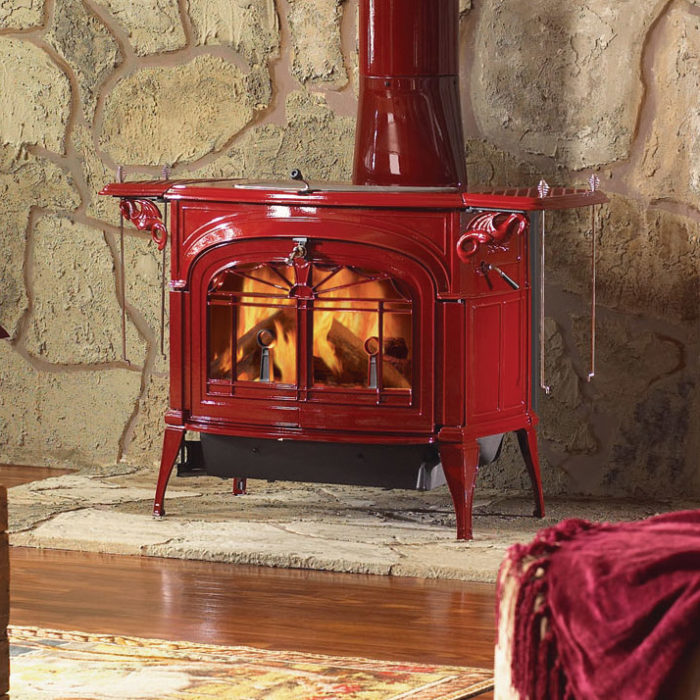
Image Credit: Vermont Castings
I’ve been heating primarily with wood since I bought our house 31 years ago, though there were a few years following our installation of an oil boiler when wood consumption dropped considerably.
Wood heat has a mixed record, though. It’s a renewable fuel and, assuming that new trees grow up to replace those cut for firewood, it is carbon-neutral, meaning that it doesn’t have a net contribution to global warming. But burning firewood produces a lot of air pollution; in fact, it’s usually our dirtiest fuel.
Fortunately, there’s a lot we can do to reduce the pollution generated by wood burning — and boost the efficiency.
Our discussion here focuses on wood stoves. Pellet stoves and larger central-heating wood boilers are quite different.
And I don’t even think of fireplaces as heating systems. They are aesthetic features that can add wonderful ambiance on special occasions — we use ours two or three times a year. Fireplaces burn very inefficiently, and they result in so much airflow up through the chimney that they can actually cause a net loss of energy.
Burning wood with minimum air pollution and maximum efficiency depends on three primary factors: the choice of wood stove; how the wood is stored and managed; and operation of the stove.
Choosing a wood stove
Since July 1, 1990, all new wood stoves sold in the U.S. have been required to carry U.S. Environmental Protection Agency (EPA) certification. (The 1988 law banned the manufacturing of non-EPA-compliant wood stoves after July 1, 1988 and the sale of such stoves two years later.) The EPA standard for non-catalytic wood stoves is 7.5 grams per hour of emissions and for catalytic wood stoves 4.1 grams per hour. By comparison, older, non-certified wood stoves typically produce 40 to 60 grams per hour.
Instituting stringent air pollution standards for wood stoves was a bold and controversial move by the federal government. It put over 80% of wood stove manufacturers out of business because it was too expensive for smaller companies to change their designs. (The federal government was able to push this through, I suspect, because wood stove manufactures were tiny with little political clout.) But it also dramatically reduced pollution from wood stoves and boosted combustion efficiency — reducing air pollution by as much as 85%.
Manufacturers achieved these improvements by significantly redesigning wood stoves — for example, by insulating the firebox, adding baffles that lengthened the smoke path through the stove resulting in more complete combustion, and providing air-inlet holes above the combustion chamber to preheat combustion air. A few new-generation, non-catalytic wood stoves have EPA emissions ratings of less than 1 gram per hour, but all new wood stoves are far cleaner than their ancestors from two decades ago.
Properly seasoning firewood
The quality of the wood is tremendously important for clean, efficient wood burning. Wood should be seasoned at least six months off the ground and under cover after it is cut and split. If the moisture content of wood is high, that water evaporates as the wood is burned, keeping the combustion temperature low. Even the most advanced wood stove will generate a lot of pollution and burn inefficiently if green (unseasoned) wood is burned. Properly seasoned wood makes a hollow sound when two pieces are knocked together.
The six months’ drying of firewood should be considered a minimum. Ideally, several years’ worth of firewood should be kept on hand, with the oldest burned first. One way of organizing this is by stacking green wood outdoors, and then after a season or two moving a heating-season’s worth of wood into a fully covered shed, from which a supply is brought into the house as needed. Green wood should not be stored indoors, because of the significant amount of moisture that it will introduce to the house.
In splitting firewood, it’s a good idea to keep the diameter of the split logs relatively small, especially for smaller wood stoves, so that there will be a lot of surface area during combustion. Smaller logs will also dry out more quickly.
Operating wood stoves efficiently
To achieve optimal performance of a wood stove, it should be operated hot. Start the wood stove with crumpled newspaper and kindling. As the fire burns down, rake the coals toward the front or side of the stove, creating a mound (rather than spreading them out), and add several logs at the same time. In milder weather, build smaller fires, but still operate the stove hot, rather than keeping a large fire going and damping it down (restricting the air inlet). Regularly remove ashes so that air flow in the firebox is not impeded and there is plenty of room for wood.
The amount of smoke coming out of a chimney is a pretty good indicator of how cleanly (and efficiently) it is operating. If it generates lots of smoke, the combustion isn’t very complete and a lot of particulates (and other pollutants) are being generated.
This may occur if the wood isn’t property seasoned, as noted above, or it may indicate that the wood stove is being damped down too much (not providing adequate combustion air). Poor combustion may also occur if the chimney is clogged with creosote — a dangerous condition that can lead to chimney fires.
If a homeowner is unsure how to operate a wood stove for optimal performance, suggest that he or she ask at the store where it was bought. And tell homeowners to make sure that their chimney or flue pipe cleaned regularly — at least once a year.
To minimize pollution, household trash should not be burned in a wood stove. Nor should manufactured or painted wood (including plywood and particleboard) or pressure-treated wood — burning any of these materials is illegal in Vermont and some other states, and it should be illegal everywhere. Moldy or rotten wood should also be avoided, as should driftwood, since the salt may corrode the stove and stovepipe or result in toxic emissions.
For safety, installing smoke and carbon monoxide detectors is critically important; make sure that this is done. And suggest that batteries on battery-powered detectors be replaced at least annually, or whenever the low-battery alert sounds.
Alex is founder of BuildingGreen, Inc. and executive editor of Environmental Building News. He also recently created the Resilient Design Institute. To keep up with Alex’s latest articles and musings, you can sign up for his Twitter feed.
Weekly Newsletter
Get building science and energy efficiency advice, plus special offers, in your inbox.





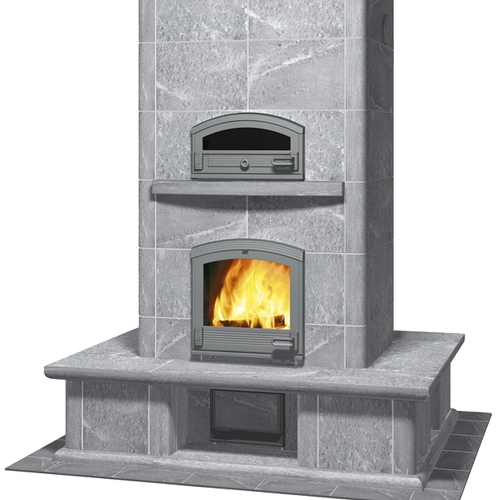
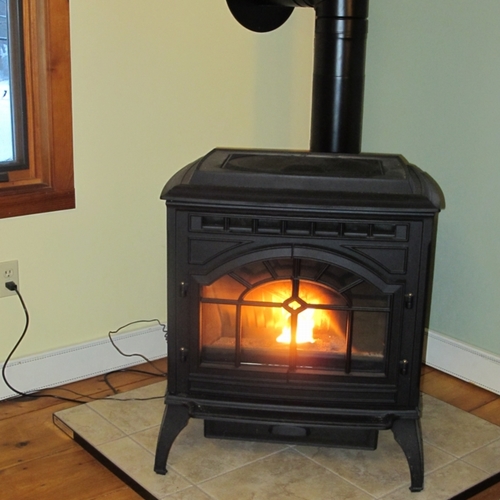
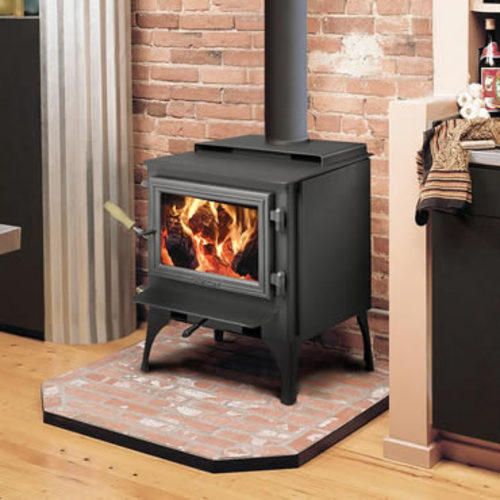
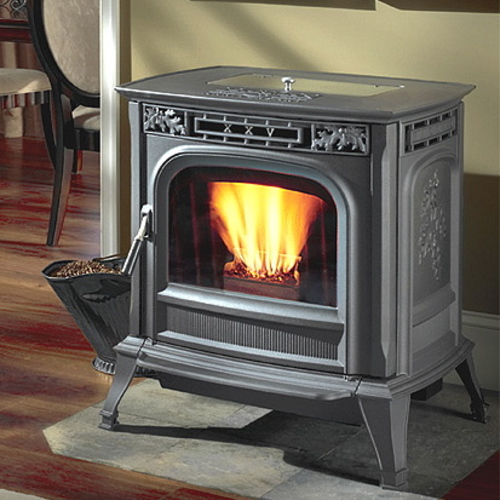






3 Comments
Wood heat seldom reaches its potential
Alex wrote: "Wood heat... is carbon-neutral, meaning that it doesn’t have a net contribution to global warming." Wrong! Only the most tunnel-visioned look at this question can avoid noticing all the ways that burning wood contributes greenhouse gases to global warming/climate chaos.
The naive basis for the idea of wood as a carbon neutral heating source is that trees absorb carbon dioxide from the air as they grow. Wood, when burned, releases some of that carbon dioxide back into the air. The problem is everything else that happens. Burning wood produces lots of pollutants, and Aex mentions a few in the article. The focus this article, and of the EPA regulations for wood stoves, is on the 7.5/4.1 grams per hour limits on particulate emissions. Alex just uses the term "emissions", but the EPA limits wouldn't cover even a minute of burning, if they were measuring particulate AND gas emissions.
A big piece of the pollution problem with burning wood is in the gas emissions. In addition to the carbon dioxide, which in our dreams would make stoves carbon neutral, wood stoves produces a broad range of gases, most of which are much more destructive to the atmosphere per gram than carbon dioxide. The EPA site below, and other sites, list many greenhouse gas products of burning wood in a wood stove, including nitrous oxide and other oxides of nitrogen, carbon monoxide, methane, sulfur dioxide, methanol, and formaldehyde. Most of these gases have a greenhouse effect impact of 20 to thousands of times that of carbon dioxide, per gram.
http://www.epa.gov/ttnchie1/conference/ei16/session5/victor.pdf
Sadly, today's EPA-certified wood stove is far from making no "net contribution to global warming." However, these stoves are a big step forward over older designs, and vastly better on any pollution score than burning wood in a open fireplace. The best current wood stoves produce less than 1/4 of the particulate pollution specified in the EPA regulations, which is a refreshing example of some members of the industry doing more than the mandated minimum. If you are buying a new stove, go for the lowest particulate output, and this will likely have lower greenhouse gas outputs, as well.
The stove owner/user can have a big impact on the amount of pollution released in burning wood. Use your stove wisely and efficiently, and especially, don't burn green wood.
Finally, consider a high-mass masonry stove/heater. Quoting from the link below, "Masonry heaters are also known as "Russian," "Siberian," and "Finnish" stoves. They produce more heat and less pollution than any other wood- or pellet-burning appliance.
http://energy.gov/energysaver/articles/wood-and-pellet-heating
Maximizing Wood Stove Heat with Radiant
I'm building in a mountainous setting, one with only heating loads (Mt. Shasta, CA). I want to incorporate in-floor radiant with my wood stove. I've seen the stoves with built-in heat exchangers, and was highly impressed with their price. Then I find the http://www.hilkoil.com solution, which is nothing more than a stainless tube that sits in the bottom of the fire box. This coil would be connected to a solar heat exchange tank.
The idea here is to use solar heat as much as possible, but with the understanding that solar heat is marginal during the peak of winter. I'd like to go with wood heat for the backup, as that's the most comfortable, accessible, and low cost heat source.
I'm looking at the Solar Heat Exchange "Simple Drainback" system, connecting that to the floor and to the wood stove. The floor feed connection to the tank is through a side port in the tank. The return is at the top of the tank. This is the easy side of the install.
The wood stove loop is the issue. What to expect from a wood stove/radiant loop?
Wood Burning Fireplace
Great article and very informative. Here is an installation guide for a wood burning fireplace
Log in or create an account to post a comment.
Sign up Log in